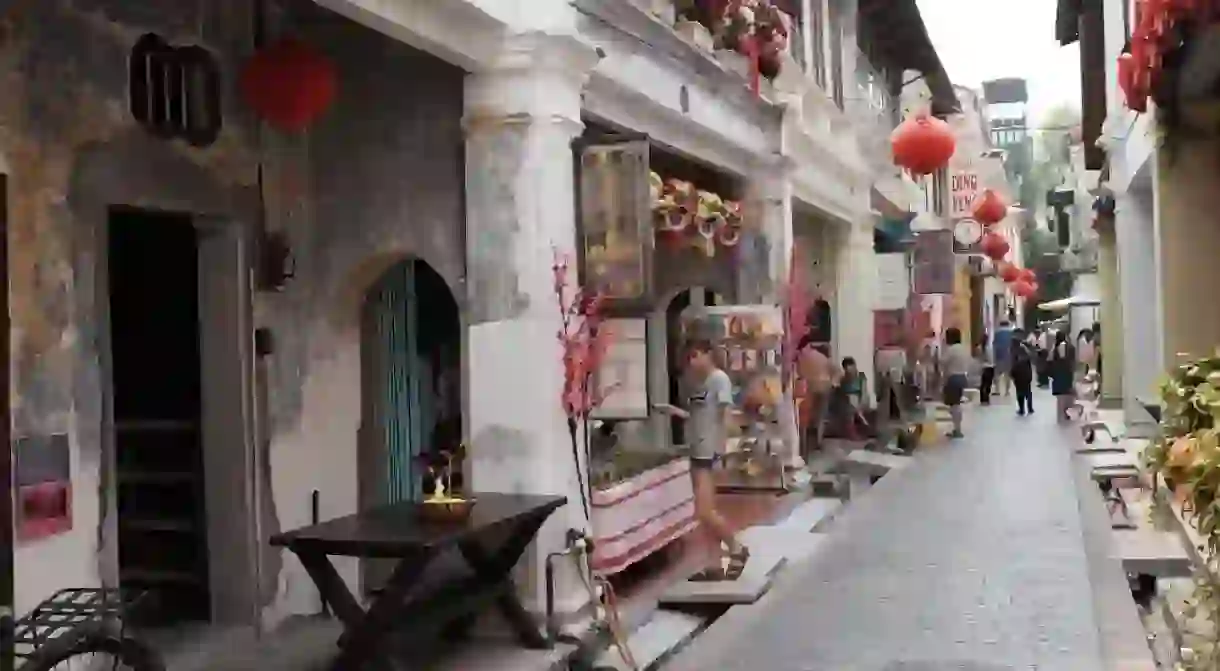Ipoh: Malaysia's Cultural Heritage Capital

Ipoh has slowly gained recognition as an alluring tourist destination, thanks to a recent city revival and Visit Perak 2017. With a colonial centre, traditional shophouses and a multiracial heart, Ipoh thrives as a cultural capital of Malaysia.
A Tin Mining Boom Town
Malay villages sprouted up in today’s Ipoh approximately 200 years ago. When the British arrived in 1878 to exploit the tin industry, the laid-back rural setting transformed into a thriving mining town. Masses of Chinese immigrants flooded the region, and Ipoh expanded across the Kinta Valley. Sudden wealth saw a boom and a mushrooming of colonial buildings such as the Railway Station, Town Hall and the stately Court House. Grand bungalows and mansions housed the increasingly wealthy British and Chinese business owners. Eventually, the rubber industry overtook the tin trade. Ipoh saw an influx of Indian rubber plantation workers. Today, the demographic change is still evident. Most Chinese and Indian Malaysians in Ipoh have roots in the tin and rubber industries.


A Missed Opportunity
Ipoh, Malaysia’s fourth largest city, sits in the middle of Kuala Lumpur and George Town while simultaneously acting as a gateway to the nearby Cameron Highlands. Limestone cliffs with extensive cave networks surround the region. The Titiwangsa Mountain Range dominates the eastern flanks while the Kledang Mountain Range curves around the north; both are visible from the city centre. Combine this spectacular nature and colonial heritage with cave temples, mosques, churches and Hindu temples and it creates a Malaysian cultural hub. Sadly, after Perak gained independence from the British in 1957, all of this was forgotten.

Ipoh: A 21st-Century Historical and Cultural Melting Pot
The Kinta River divides Ipoh. The old town’s colonial heart consists of opulent architecture, former mansions transformed into modern hotels and coffee shops and the somewhat controversial Birch Memorial Clock Tower. Stroll a little further to the Hakka Miner’s Club, once notorious for Chinese gangsters and now a museum covering Ipoh’s history. Head east into the new town lined with traditional Chinese shophouses and their intricately decorated façades, modern shopping malls and restaurants. Flamboyant street art fills the once drab alleys in Mural Art’s Lane. Exotic cave temples such as Perak Cave, Sam Poh Tong and Kek Lok Tong are a short drive from the city.

A Modern-Day Tourist Hotspot
Recent investments restored colonial buildings to their former glory. Visit Perak 2017 developed the city’s tourist infrastructure, promoted the state and transformed Ipoh from an all-but-forgotten has-been to a thriving cultural capital of Malaysia.
















